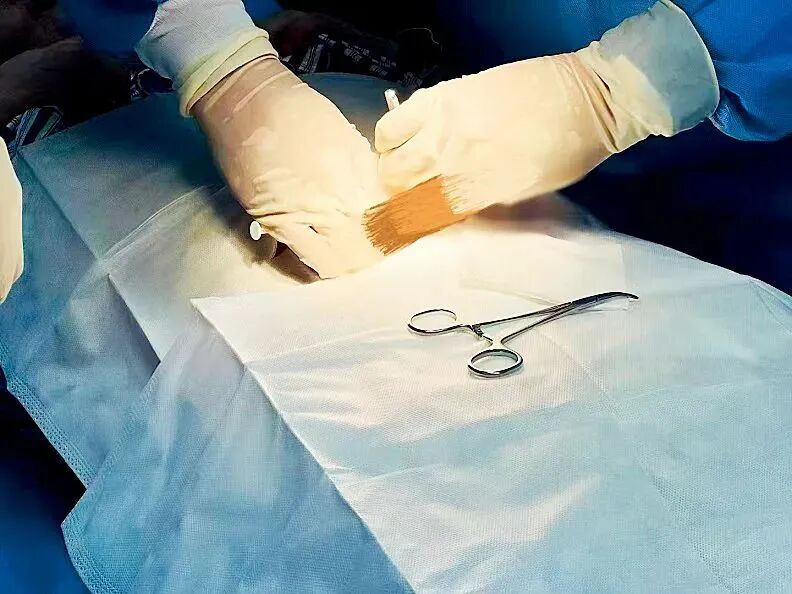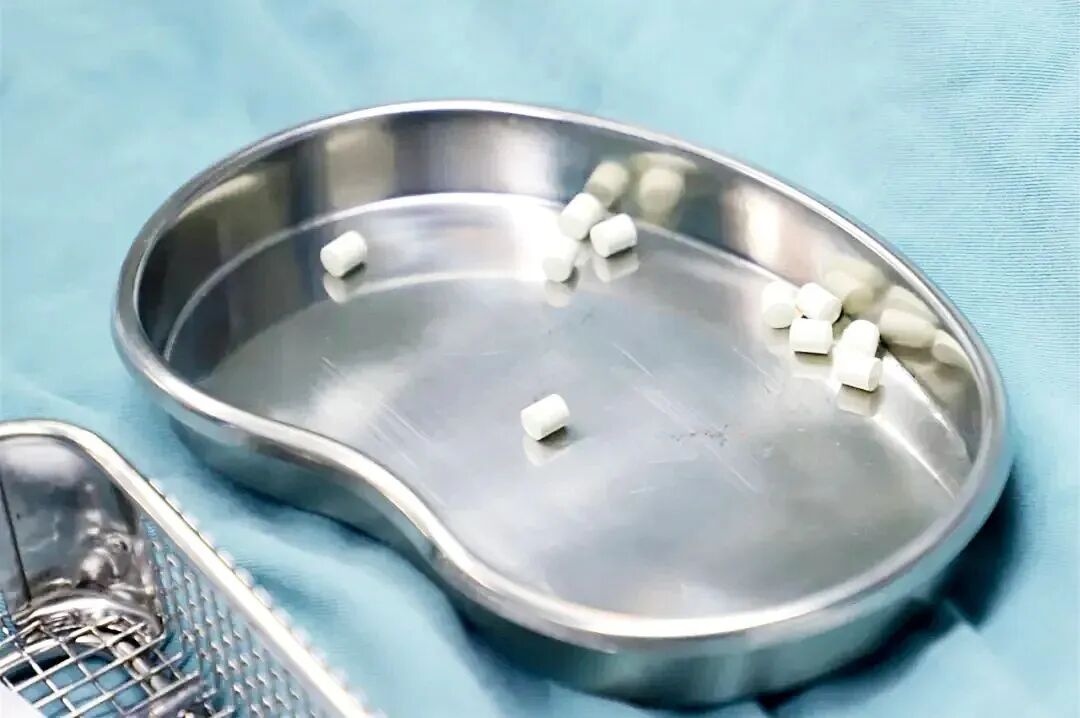

This issue’s content is compiled from: Beijing News, China News Weekly
Original authors: Li Cong, Liang Xiaoyan
Audio material source: China News Network
Recording material: Jiang Feng
If you enjoy drinking or have friends who are struggling with alcohol addiction, you may have recently come across a surgical treatment method called the “alcohol abstinence chip.”
As of now, hospitals in over 10 provinces across the country, including Hunan, Hubei, Guangdong, Shandong, Jiangsu, Zhejiang, and Sichuan, have begun performing a procedure known as the “alcohol abstinence chip” implantation. Although this procedure is not covered by health insurance and must be paid for out of pocket, with costs ranging from 18,000 to 20,000 yuan, many ordinary people are inquiring about the surgery for themselves or for family and friends under various popular science videos and news reports.

For some patients with alcohol dependence who have repeatedly failed to quit drinking, the “alcohol abstinence chip” seems like a lifeline.
Five months ago, when Yuan Qizhi, who had been drinking for over 30 years, lay on the operating table, he thought: maybe this time he could really break free from alcohol. Over the past few years, this middle-aged man, who had done countless ridiculous things due to his drinking, had resolved many times to quit, but each attempt ended in failure. Before he knew it, just a few sips of alcohol would drag him back into the abyss.
This March, under the persuasion of his sister, Chen Qiang went to a top-tier hospital in the northwest region to try the “alcohol abstinence chip” implantation, having also experienced countless failed attempts to quit drinking.
Chen Qiang has over 20 years of drinking experience and was diagnosed with alcohol dependence 10 years ago. His sister said that every time he tried to quit drinking, he would vomit, and in severe cases, he would collapse and convulse until he lost consciousness. Chen Qiang knew that drinking was wrong and had tried many times to quit on his own willpower, but repeatedly failed. The worst time, he called out to his family in his room: “There’s a bug in the room that’s getting bigger and bigger, come out quickly, the bug is going to eat people!”
Symptoms such as anxiety, sweating, vomiting, and even hallucinations, visual disturbances, and seizures are common withdrawal symptoms for patients with severe alcohol dependence when they try to quit drinking.

56-year-old Yuan Qizhi had also experienced hallucinations; when he drank too much, he often felt he was in hell and could see ghosts. When he went for an examination, the doctor told him that this was a mental issue caused by alcohol.
In popular science videos about the “alcohol abstinence chip,” doctors and patients who have undergone the surgery describe how after the operation, “seeing alcohol is like seeing plain water” and that the attraction to alcohol is significantly reduced, which attracts drinkers like Yuan Qizhi and Chen Qiang, as well as their families, who view the “alcohol abstinence chip” as a new opportunity for rebirth.
Although the surgery is named “alcohol abstinence chip,” this “chip” is not the same as a typical chip; it is not some electronic black technology, but rather a subcutaneously implanted slow-release medication.
In fact, the “alcohol abstinence chip” is a drug called naltrexone hydrochloride implant.

The surgical process is quite simple, generally performed by both psychiatric and surgical doctors. It only requires local anesthesia, and a small incision of 1 to 2 centimeters is made in the patient’s abdomen to implant several pills the size of soybeans under the skin.
Theoretically, the medication can take effect within 4 hours after the surgery, slowly releasing into the bloodstream and eventually crossing the blood-brain barrier to inhibit the release of dopamine and other neurotransmitters associated with pleasure that are triggered by alcohol consumption. For the next 150 days, it will continue to exert its effect of making drinking no longer pleasurable.
Several interviewed doctors describe the mechanism of action of the naltrexone hydrochloride implant as “a key opening a lock.” When alcohol enters the body, it prompts the brain to release endorphins and other substances that interact with the body’s opioid receptors. Naltrexone is an opioid receptor blocker that can block the “keyhole” of interaction between the two, preventing the lock from opening, thus blocking the brain’s reward mechanism.
Opioid receptors are also a common site of action for drugs like morphine and heroin; therefore, in China, the naltrexone hydrochloride implant was initially developed for preventing relapse in drug addiction.

What is the safety and effectiveness of the “alcohol abstinence chip”?
Can one really stay sober after implanting the “alcohol abstinence chip”?
Since the “alcohol abstinence chip” gained popularity in early 2025, countless people have been concerned about who can quit drinking through the implantation of the “alcohol abstinence chip.” Some have also asked, can’t they rely on their willpower to quit drinking?
For those who have developed alcohol dependence, what exactly can help them completely break free from alcohol’s control?
Click the image to review past programs
2025.0424 “Visa revoked, suddenly becoming an ‘illegal resident’, what should international students in the US do?”
2025.0423 “JD vs. Meituan, the ‘takeout war’ reignites…”
2025.0422 “After the death of elderly parents, a 55-year-old patient with mental illness, who will take care of them? How to live independently?”
Appreciate, share, like, and comment, there is always a way to interact that suits you
The broadcast time of this program is
First broadcast: Monday to Friday FM106.9, AM1008 Nanjing News Radio 19:00
Rebroadcast:AM747, FM94.9 Baotou Radio and Television Comprehensive Broadcasting the next day at 14:00, 19:40
Other broadcasting platforms: In Nanjing “Zijin FM”, NetEase Cloud Music
Image sources for this issue: Beijing News, other networks



Unauthorized use of this program’s audio is prohibited
For cooperation, please leave a message in the background
Feel free to share in your circle of friends
We also welcome enthusiastic listeners to help us find channels for unauthorized broadcasts